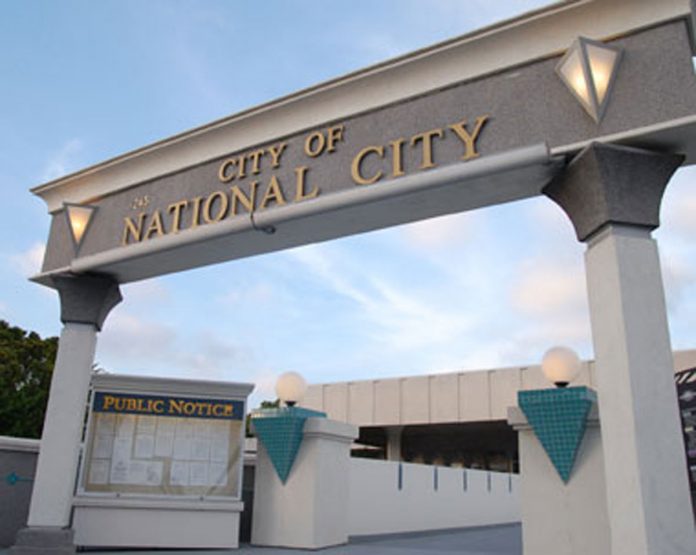National City is getting its first homeless facility: a transitional center with room for 160 men, women and families run by San Diego Rescue Mission in the former South Bay Community Church and school site at at 2400 Euclid Ave.
The new facility, dubbed a Navigation Center, will serve as a short-term intake facility intended to provide initial direction before homeless guests are transferred elsewhere.
Under the plan, the former school gymnasium will be converted into a sleeping area for men and classrooms will be used for women and children.
“This is not a soup kitchen, not housing, not a walkup facility. It’s a dropoff facility with a 30-day stay for people coming through a ministry or service provider. We have a similar program in downtown San Diego and have learned at about day 14-15 we figure out where someone needs to go next,” SDRM President and Chief Executive Officer Donnie Dee said.
“Service providers usually go to the big cities— we’re flanked by San Diego to the North and Chula Vista to the South, and sometimes get overlooked. We’re excited for three reasons: first, because it is a long term partnership instead of a short term band-aid; second because we have a chance to address the growing unsheltered homeless before it gets even worse; third because it is also a regional issue and affects our whole area,” National City Mayor Sotelo-Solis said.
The center will provide on-site meals, laundry services, a computer lab and storage areas for guests, and an SDRM case manager will meet with guests within two days of their arrival to create an action plan toward programs and housing opportunities.
The goal, Dee said, is to “eliminate the immediate need for shelter, a shower, safety and food” then work with a case manager to address the need for permanent housing and a job.
“Having a place to live and work with a sustainable wage is a critical component to reducing homelessness but how are you going to show up and get a job if you can’t get a shower? You’ve spent the night sleeping on a street— how are you going to smile and show the charisma to successfully get through a job interview,” Dee asked.
National City has had a homeless outreach team “for several years now,” Sotelo-Solis said but the city is also “looking to use American Rescue Plan Act monies to enhance that team with vehicle support so “if someone wants to take that next step, they can take all their personal possessions with them” to the center.
“This is a South Bay regional facility, but the majority of our guests will be from National City. People experiencing homelessness often don’t want to go too far from where they have been staying— it takes trust to get in a van,” Dee said.
Prior to the pandemic, he said, that was not necessarily their approach.
“COVID changed everything. We were internally focused and you had to get to us in downtown San Diego. The pandemic forced us to hunker down and gave us a chance to dream, pray, think and realize we have to be more outward-focused and engaging. We decided: ‘let’s come up with small navigation sites as a feeder to the larger rehabilitation program downtown’ and here we are with a program coming to National City,” Dee said.
That approach is not going to eliminate the homelessness problem, Dee said, but he does believe they are going to change the situation for the better.
“Really, if everybody did something, even just looked at the homeless with a different mindset… You know, it’s not going to go away and our homeless are not going to move to the next city,” Dee said in a weary tone.
In addition to embracing the new National City facility, the Mayor said city staff is also beginning to recognize they can work with CalTrans during cleanups and County of San Diego clinicians who are sometimes part of police response calls so homeless residents are connected with services.
“This is somebody’s dad, son, mom, aunt,” the mayor said.
SDRM closed escrow in February and is already starting work to convert the facility for use.

